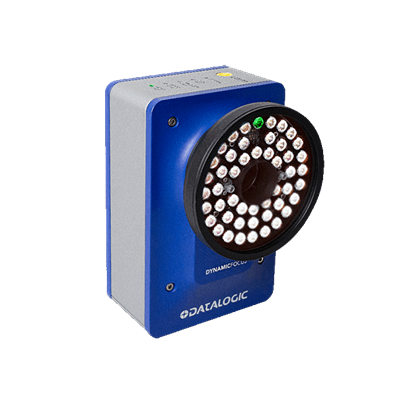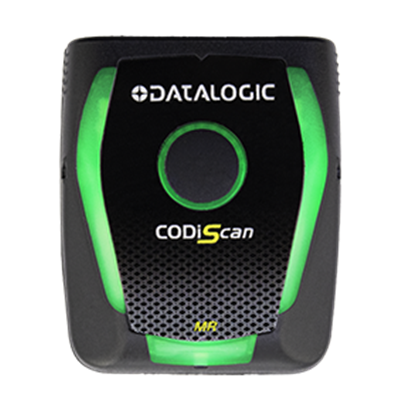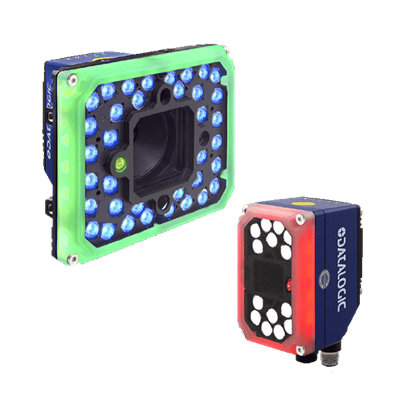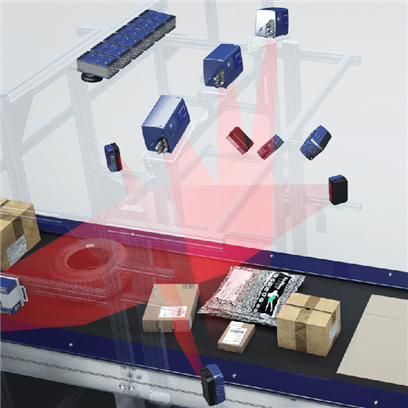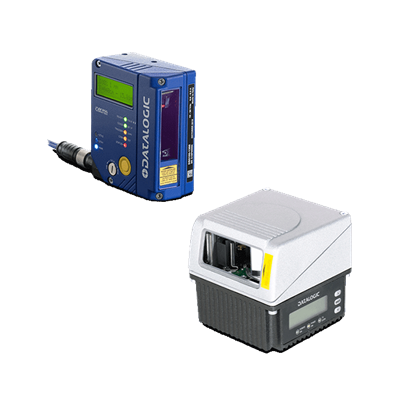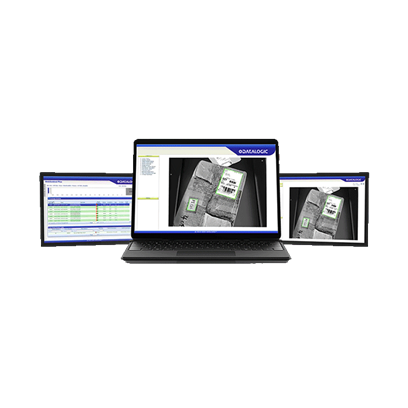Sortation Systems
Sortation Systems
WHAT ARE SORTATION SYSTEMS?
Sortation systems are employed to separate, categorize, and divert the stream of supplies and goods entering warehouses and distribution centers. The purpose of this sensitive materials handling process is to sort items ready for order fulfillment and shipping. Destination is therefore the main criteria for sortation, which can be used for a wide variety of applications within the supply chain for the purpose of increasing accuracy and efficiency.
Within this guide, we will address the most common sortation applications, the types and benefits of sortation systems as well as our company portfolio of sortation solutions.
COMMON APPLICATIONS OF SORTATION SYSTEMS
Sortation systems divide and route consistent volumes of items through the facility, transferring them off main conveyor lines with the aid of fixed conveyor sortation systems, automatic identification systems and warehouse execution systems. The high-speed pace of the sortation process allows companies to receive more than they can store, maintaining high throughput in their order fulfillment while at the same time avoiding increase in labor costs. Common applications of sortation systems can be found in a variety of areas throughout the warehouse or distribution center:
- Order picking: moving ordered products from storage to picking areas and completed orders to trailer-loading areas for distribution.
- Sorting: organizing products to deliver them to their destination.
- Staging: routing and holding items for further processing or packaging.
- Transportation: moving pallets, cases, and totes throughout a facility.
- Warehousing: moving products from receiving to storage.
TYPES OF SORTATION SYSTEMS AND BENEFITS
Within warehouses and distribution centers, sortation starts with picking, that is the infeed of supplies and goods. Once they are picked the items are transported to the induction area, where they are identified based on parameters such as the product type and the product size. Ultimately, the sorted materials are fed into the conveyor sortation system either manually or automatically, which therefore defines the main types of sortation systems as divided in two categories: manual sortation systems or automated sortation systems, each one providing its specific set of benefits.
MANUAL SORTING SYSTEMS
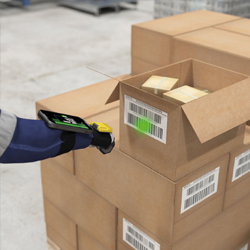 Manual sortation systems prove to be particularly cost effective for businesses focused on customers’ needs. In retail, for example, companies that sell fast moving consumer goods can benefit from manual sortation systems as they provide an accountable level of accuracy without the costs associated with more expensive automated equipment. Since manual sortation systems rely on human intervention for product handling and sorting, they are best suited for small-scaled operations, while larger and more complex ones need automated sortation solutions to optimize their order fulfillment.
Manual sortation systems prove to be particularly cost effective for businesses focused on customers’ needs. In retail, for example, companies that sell fast moving consumer goods can benefit from manual sortation systems as they provide an accountable level of accuracy without the costs associated with more expensive automated equipment. Since manual sortation systems rely on human intervention for product handling and sorting, they are best suited for small-scaled operations, while larger and more complex ones need automated sortation solutions to optimize their order fulfillment.
Most logistics hubs are largely performing manual operations, and the data capture can be achieved in several ways. A wearable scanner in combination with a PDA offers several benefits, including fast and seamless barcode reading, with easy and complete feedback via the Memor 10, connected to a Handscanner via Bluetooth.
For every Distribution Center or warehouse, the single most important process is order fulfilment. Regardless of whether it is a manual or automated process, the end goal is one and the same: to fulfil the order as quickly and efficiently as possible, whilst ensuring that no mistakes are made during the process. The Person to Goods (PTG) picking process is one where instructions are relayed from the ERP or WMS to a powerful handheld device such as the Datalogic Memor 10. If preferred, the operator could opt to use a more traditional keyboarded mobile computer such as the Skorpio X5.
However, the look and feel of a smartphone lends itself well to operator preferences. In contrast, fixed position industrial scanners mounted on high-speed material handling systems may be a preferred option. However, in this case the focus is on human operators equipped with the right technology to streamline the sorting process. After all, human operators can make more informed decisions in a dynamic and fast-moving environment, where split second decisions and good judgement are an important factor. The use of manual barcode scanners provides a worthwhile accompaniment to the Memor 10.
Rather than use a handheld scanner, requiring the use of one hand, Datalogic now has the HandScanner, a glove mounted scanner that is actuated with a simple thumb press. Operators can massively improve productivity without the need to sacrifice their ability to carry multiple or large items with both hands. The resulting increase in productivity provides a much-needed boost to operations, guaranteeing a fast ROI on adopting more efficient and ergonomic manual sorting solutions.
ITEMS SORTING - AUTOMATED SORTATION SYSTEMS AND BENEFITS

Automated sortation systems are designed to automate traditional manual sifting, categorizing, separating, dividing and distribution operations. They leverage a variety of technologies such as barcode scanners and other sensor systems, to maximize throughput, accuracy and flexibility within distribution centers and warehouses. Automated sortation systems are ideal when order demands and shipments increase beyond the human capability to physically fulfill them. There is a wide range of available options in the market for automated sortation solutions, each one providing benefits according to specific needs.
If you are looking for support in separating products from in-feed conveyor lines to shipping lanes, in palletizing operations and packing stations, robotic and conveyor sortation systems are ideal solutions; but there is more than one option.
Here’s the main types of automated sortation systems:
- Zone Picking System
- Automated Case Picking System
- Pallet Picking System
- Batch Picking or Multi-order Picking
High-speed items sorting is the core application in a logistic hub, where several thousands of items are sorted hourly, on a 24/7 basis. A multi-side reading station, based on the AV7000 is the state of the art solution for this type of applications. The AV7000 in combination with the DM3610, offers high speed parcels reading and dimensioning.
In any modern warehouse or Distribution Center, the number one priority is to sort as many items as possible per hour. After all, time is money. But it is more than just about numbers. Products need to conform to the highest quality standards as well as meeting stringent on time delivery targets.
Products placed on a state-of-the-art conveyor system move at lightning speed, and yet it is imperative to be able to read the barcode printed on the packaging to correctly identify the specific product, whilst at the same time capturing product dimensions, and condition of the packaging. It is a lot to ask, especially when thousands of items are zipping by every hour.
This is not just something that happens for a couple of hours a day, it’s 24/7. The role of an automated sorter is to reliably capture and provide this information consistently and meeting the highest standards. Datalogic has a long-established solution comprising of the AV7000 camera system and DM3610 dimensioning and weighing system. An all-in-one system that just works, able to read low aspect ratio or damaged and poor quality codes.
It is better to have an off the shelf solution rather than spend time building your own. Datalogic has distilled years of expertise into building plug and play solutions that ensure the highest speeds consistently over long term operation.
Benefits of automated sortation systems
- Increase efficiency
- Allow faster scaling of your operation
- Relieve operators
- Decrease the number of sorting errors
- Lower operational or service-related costs
- Decrease lead times
DATALOGIC MANUAL AND AUTOMATED SORTATION SOLUTIONS
Order fulfillment is the single most important process in an intralogistics or distribution center. No matter whether it is a manual or automated process. When operated manually, the picker staff aim to fulfill the order in the shortest possible time, ensuring that no mistakes are made during this process.
PTG (Person to Goods) is the typical picking process. The picker can access the instructions from the central ERP/WMS that also runs on Datalogic’s range of powerful PDT or PDA units. This ensures the goods are picked in the correct sequence within the warehouse, without any errors. On the other hand, when the order is managed automatically, the sorting process is a result of the data being automatically captured by a Datalogic stationary industrial scanner mounted directly on a cross-belt, shoe sorter, or similar material handling systems.
Datalogic manual and automated sortation solutions include handheld scanners and mobile computers that complement the intralogistics process by ensuring that nothing is ever missed, guaranteeing end-to-end supply chain visibility and full traceability of sorting and shipping applications.
- HandScanner - The lightest and smallest wearable scanner for fast and accurate data capture.
- Memor 10 - The robust full touch PDA with ultra-reliable battery and built-in LTE advanced cellular connectivity for enhanced scanning performance everywhere.
- MFDS - The advanced solution that enables automated data collection for non-conveyable parcels.
- MID-Range Scanners - High performance, powerful industrial laser scanning family for mid-range applications in intralogistic applications.
- PowerScan 9500 series - Corded and cordless handheld scanners with omnidirectional and long-range scanning capabilities and 3GL technology to meet the most demanding applications.
- Skorpio X5 - The advanced key-based mobile computer equipped with the unparalleled 2D near-far top performing Extra Long-Range Imager (XLR).
CROSS DOCKING
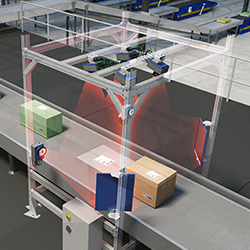 Cross docking is a typical application of logistic centers, when the InBound and Outbound processes are cut out and warehousing is by-passed. Cross docking can be achieved either manually or automatically with an automated system (shoe sorter or similar).
Cross docking is a typical application of logistic centers, when the InBound and Outbound processes are cut out and warehousing is by-passed. Cross docking can be achieved either manually or automatically with an automated system (shoe sorter or similar).
Cross-docking in an automated way is typically done with an automated multi sides reading station, before the sorting. Cross docking means from InBound to OutBound, in a different mix, without any storage, the products AV900 and AV500 are the right high performance industrial cameras.
Cross docking is a complex process and cuts out the requirement to store items within the 4 walls of the warehouse or Distribution Center. The concept is simple: products are unloaded from trucks or vans, sorted, and directly reloaded onto outbound trucks or vans to continue their journey. Products going to the same destination can easily be consolidated into fewer transport vehicles. Conversely, large shipments can also be broken down into smaller groups for easier delivery.
The result in both scenarios is a leaner, more efficient supply chain without the need for storage, saving time and storage space. Datalogic e-commerce has changed supply chain models for most retailers, and the concept of omni-channel has become an acceptable standard for the ultimate solutions for accountability and traceability. Datalogic already has an out of the box solution. Cross docking is enabled using the AV900 and AV500 image-based readers from Datalogic.
They are both state-of-the-art systems that push the boundaries of operation speed for increased productivity. High-speed sorters such as Bombay sorters convey multiple items of different weights and heights, making it harder for fixed camera systems to capture all data. Having a wide reading area and large depth of field give the AV900 and AV500 the competitive advantage in capturing the largest possible range of items, with advice on any difficult or no reads so that the process can easily be customized for traceability and future use.
Video Gallery
Powerscan 9600 RFID Series | See Beyond the Visible
AV7000 12k | Redefining Logistics Leadership in Ultra-High Definition
Datalogic Blade Series - Revolutionary imaging for cutting edge...
Datalogic Matrix Family | Speed meets flexibility



